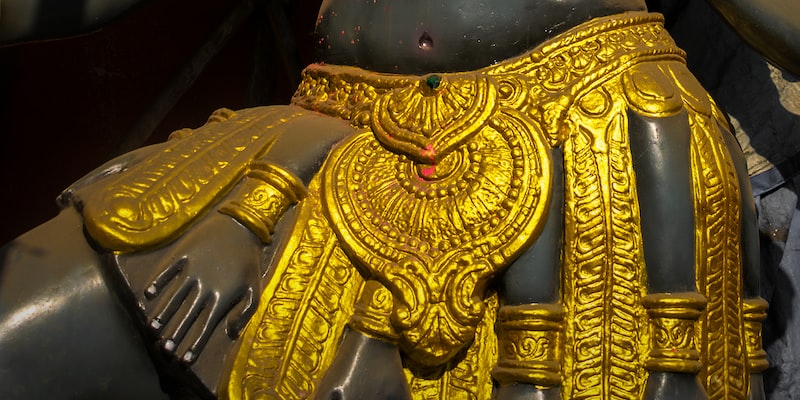
What is Kali?
Kali is a unique form of martial arts that originated in the Philippines. It is known for its use of sticks and knives, as well as empty-hand techniques. Kali is often referred to as the "mother art" because it is the basis for many other Filipino martial arts styles. Kali training focuses on developing practical skills that can be used in self-defense situations. While there is an emphasis on stick and knife fighting, kali also includes empty-hand techniques, grappling, and weapons disarming. Kali is a versatile and effective martial art that can be used for self-defense, competition, or sport. If you are looking for a martial art that will challenge you both mentally and physically, kali may be the perfect choice for you.
What is the History of Kali?
Kali is a martial art that has its origins in the Philippines. It is a close-quarters combat system that is known for its use of sticks and knives. Kali is also considered to be a very effective form of self-defense. The history of Kali can be traced back to the 16th century, when it was created by the Spanish colonizers who were looking for a way to defend themselves against the local population.
Kali is a Filipino martial art that developed from the traditional fighting techniques of the indigenous people of the Philippines. The art is characterized by its use of sticks and knives, and its focus on close-quarters combat.
The history of Kali can be traced back to the pre-colonial period, when the various tribes of the Philippines were engaged in constant warfare with each other. During this time, the different tribes developed their own unique styles of fighting, which were passed down from generation to generation.
It was not until the arrival of the Spanish colonialists in the 16th century that Kali began to take on its modern form. The Spanish introduced new weapons andfighting techniques to the Philippines, which were then adopted by the Kali practitioners.
In the 19th century, Kalitook on a more formalized structure, with teachers teaching specific styles and students learning set techniques. This allowed for a greater exchange of ideas and helped to standardize the art.
Today, Kali is practiced all over the world by both Filipinos and non-Filipinos alike. It remains an effective and popular martial art, able to be adapted to any situation or opponent.
The Different Types of Kali
Kali comes in many different forms, each with its own unique techniques and strategies. Some of the most popular types of Kali include:
- Arnis: This is the most commonly practiced form of Kali, and is also known as Filipino Stick Fighting. It involves the use of two sticks, either made of wood or rattan, and focuses on using quick strikes and blocks to disarm an opponent.
- Eskrima: Another popular form of Kali, Eskrima is similar to Arnis but focuses more on the use of knives and other bladed weapons. It originated in the Philippines, and is often considered to be one of the most dangerous martial arts in the world.
- Silat: Silat is a Malay martial art that incorporates elements of both Arnis and Eskrima. It is known for its brutal close-quarters combat techniques, which make it ideal for street fighting or self-defense situations.
Pros and Cons of Kali
Kali is a martial art that has its origins in the Philippines. It is known for its practicality and effectiveness in self-defense situations. Kali practitioners use a variety of weapons, including sticks, knives, and swords.
There are many pros to learning Kali. One is that it is an extremely effective form of self-defense. Kali has been used by law enforcement and military personnel around the world for its efficacy in real-world situations. Another pro is that Kali can be learned relatively quickly. Even if you have no prior experience with martial arts, you can still pick up the basics of Kali in a relatively short amount of time.
However, there are also some cons to learning Kali. One is that it can be dangerous if not practiced safely. Because Kali involves using weapons, there is a higher risk of injury if proper safety precautions are not taken. Another con is that Kali can be expensive to get started with. If you want to train properly, you will need to invest in some quality training equipment, which can be costly.
What are the benefits of learning Kali?
There are many benefits of learning Kali, including gaining a better understanding of self-defense, developing discipline and focus, and improving physical fitness. Kali can also help build confidence and foster a sense of community.
There are many benefits to learning Kali, a Filipino martial art that is often described as a "blending of multiple martial arts styles." Kali incorporates elements of both striking and grappling, making it an effective self-defense system. It is also a very practical martial art, as it focuses on using common objects as weapons (such as sticks or knives).
Kali is an excellent workout and can help to improve strength, flexibility, and coordination. It is also a great way to relieve stress and promote focus and concentration. Learning Kali can provide you with a sense of confidence and empowerment, as well as boost your self-esteem.
How to get started with Kali
Kali martial arts is a unique and effective system of self-defense that has its roots in the Philippines. The art emphasizes the use of sticks and bladed weapons, which makes it an ideal choice for those who are looking for an efficient way to defend themselves. Whether you are interested in learning how to use Kali for self-defense or simply want to get fit and have fun, training in this martial art is a great option.













